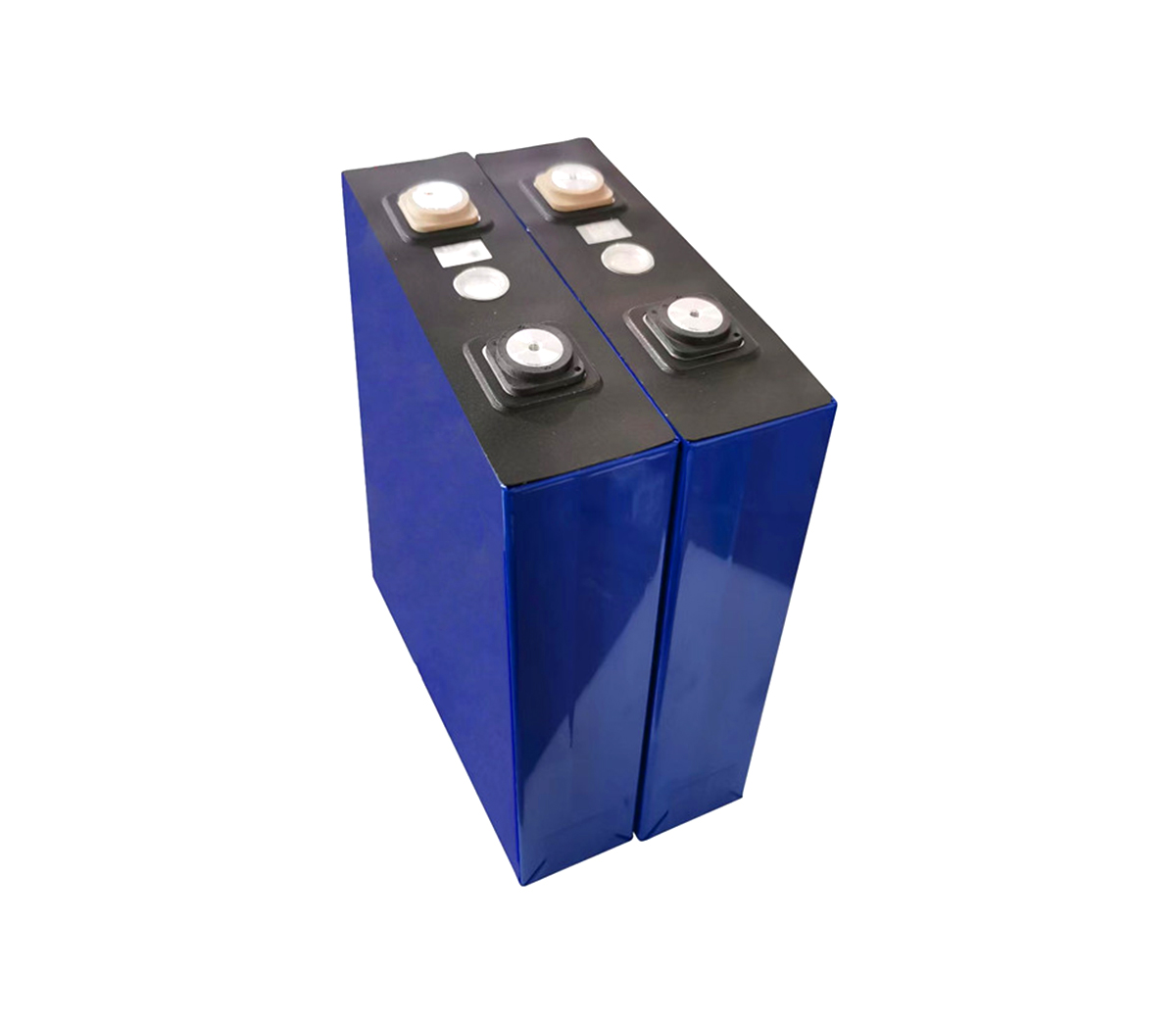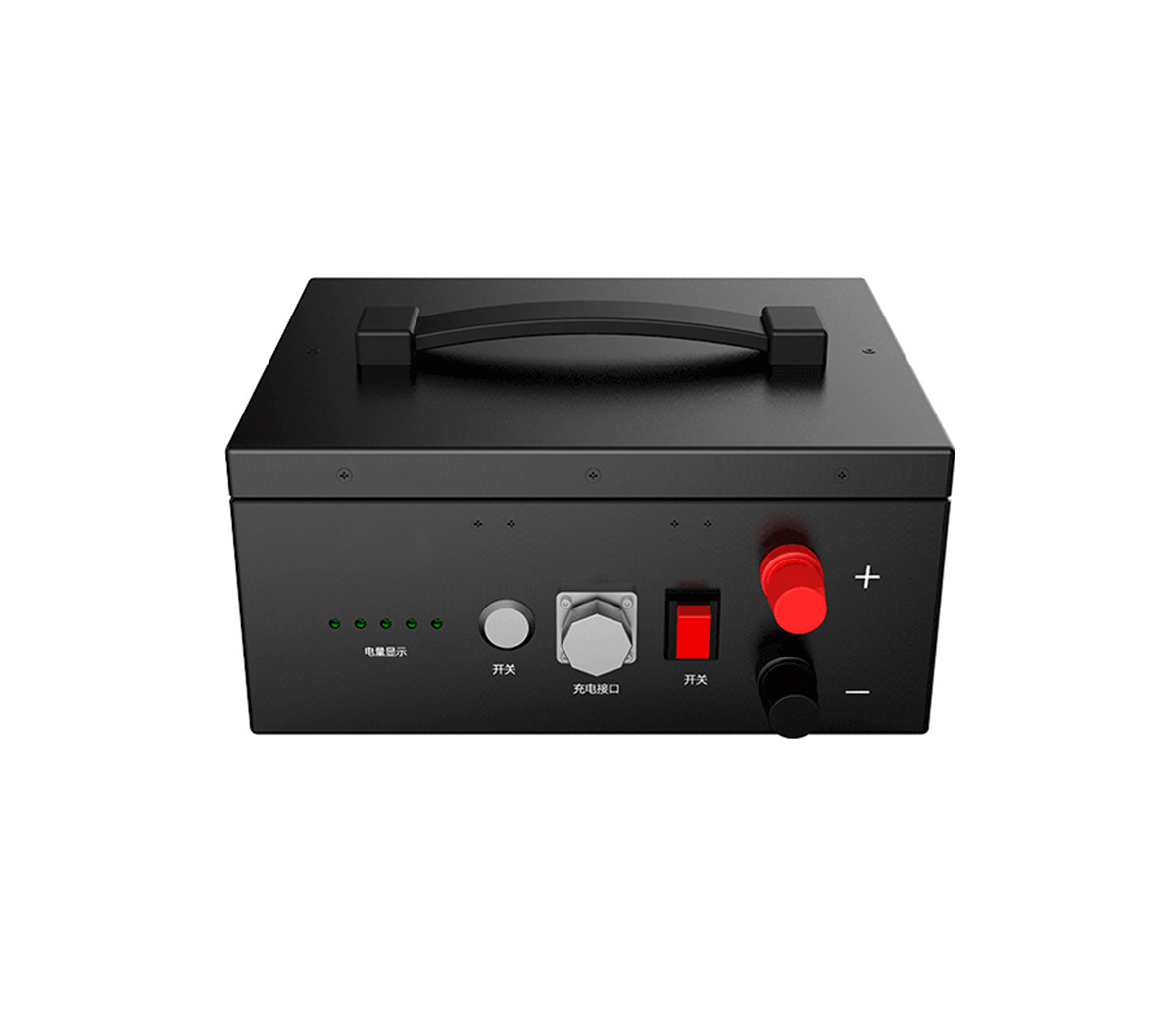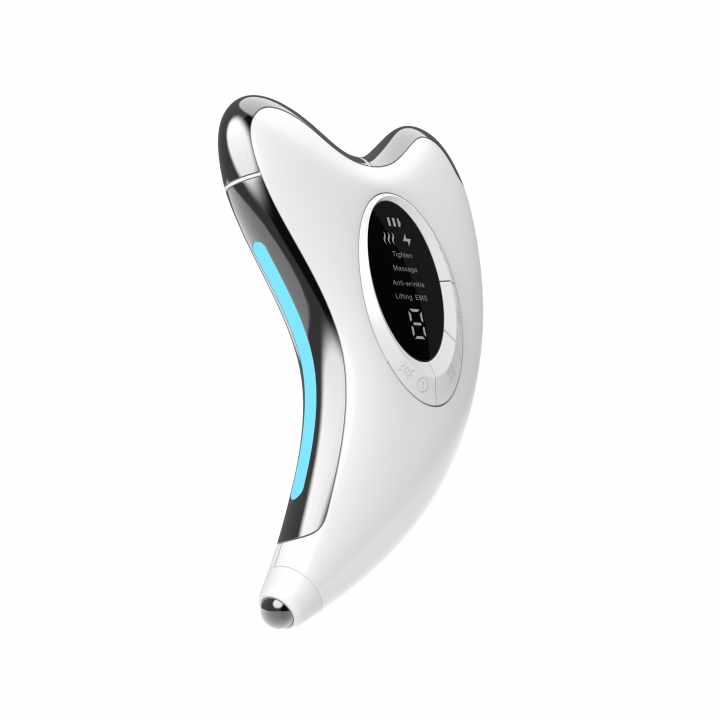What are the main technical indicators of domestic new energy vehicles?
At the Beijing Auto Show that just passed, we saw a large number of new
energy models appearing. Various car companies, especially emerging auto brands,
have drawn big pie to consumers, and models with a 500-kilometer battery life
are everywhere. However, what I am curious about is how many domestically-made
new energy vehicles, especially pure electric vehicles, have a cruising range of
500 kilometers as of April 2018? What is the current level of domestic new
energy vehicles?
recharge mileage
As an ordinary consumer, the cruising range of a pure electric vehicle is
undoubtedly the core technical indicator that everyone pays most attention to.
Its value directly determines the consumer's daily experience.
It is not difficult to see from the data that the average pure electric
driving range under the working condition method is undoubtedly getting longer
and longer, from an average of 222km a year ago to 313km, an increase of
41%.
Among all the 17th batch of new energy models, the longest cruising range
is BAIC’s new car EU5, which has a pure electric cruising range of 416km, and
the shortest cruising range is Changan’s Benben minie. The mileage is only
202km.
Energy Density
In the new new energy national subsidy policy, the battery energy density
of pure electric vehicles is included in the assessment range. Vehicles below
105Wh/kg will not receive any subsidies. Vehicles with 105 (inclusive)-120Wh/kg
will be 0.6 times the subsidy, 120 (inclusive)-140Wh/kg models are given 1 times
the subsidy, 140 (inclusive)-160Wh/kg models are given 1.1 times the subsidy,
160Wh/kg and above models are given 1.2 times the subsidy subsidy.
It is not difficult to see that the battery energy density of pure electric
vehicles produced in China has also increased rapidly in the past year, from an
average of 108Wh/kg a year ago to 135Wh/kg, an increase of 25%.
In the 17th batch of new energy models, the model with the highest battery
energy density is precisely the Benben minie under Changan, which has the
shortest range. Its battery energy density reaches 145Wh/kg, which can get 1.1
times the standard state subsidy; The vehicle with the lowest energy density is
the Dongfeng Xiaokang EC36. Its battery energy density is 117.8Wh/kg, which can
only receive 0.6 times the standard state subsidy.
Power consumption per hundred kilometers
The same concern as battery energy density is the power consumption of
vehicles per 100 kilometers, because the new subsidy policy also limits this
indicator. Depending on the quality of the vehicle, vehicles that meet different
standards for power consumption per 100 kilometers can receive 0.5, 1 and 1.1
times the standard subsidy respectively.
Data shows that the average power consumption per 100 kilometers of
domestic new energy vehicles has dropped from the highest 15.12kWh/100km to the
latest 13.88kWh/100km. Although the average power consumption per 100 kilometers
of domestic new energy vehicles is steadily declining, the periodic changes in
the weight of the battery pack have a significant impact on the power
consumption per 100 kilometers. This is because the current development mode of
domestic new energy vehicles is still in the stage of "replacement of pure
electric drive systems based on traditional energy vehicles", and the changes in
vehicle kerb quality are almost completely synchronized with the changes in the
quality of power battery packs.
Among the 17th batch of new energy models, the JAC iEV6E with the lowest
power consumption per 100 kilometers was the JAC iEV6E, which reached
11.37kWh/100km, and the worst performance was GAC Toyota's ix4, which had a
power consumption of 17.04kWh/100km per 100km.
Interestingly, there is currently no obvious correlation between power
consumption per 100 kilometers and cruising range. The model with the longest
cruising range has a medium power consumption per 100 kilometers.
Through all the new energy vehicles, I found that none of them can reach
the 500km cruising range under the NEDC standard. No wonder everyone says that
their 500km cruising range is the "longest range".
However, various car companies use the word "most". Even if it does not
violate the advertising law in this context, it is at least suspected of
misleading consumers.


































